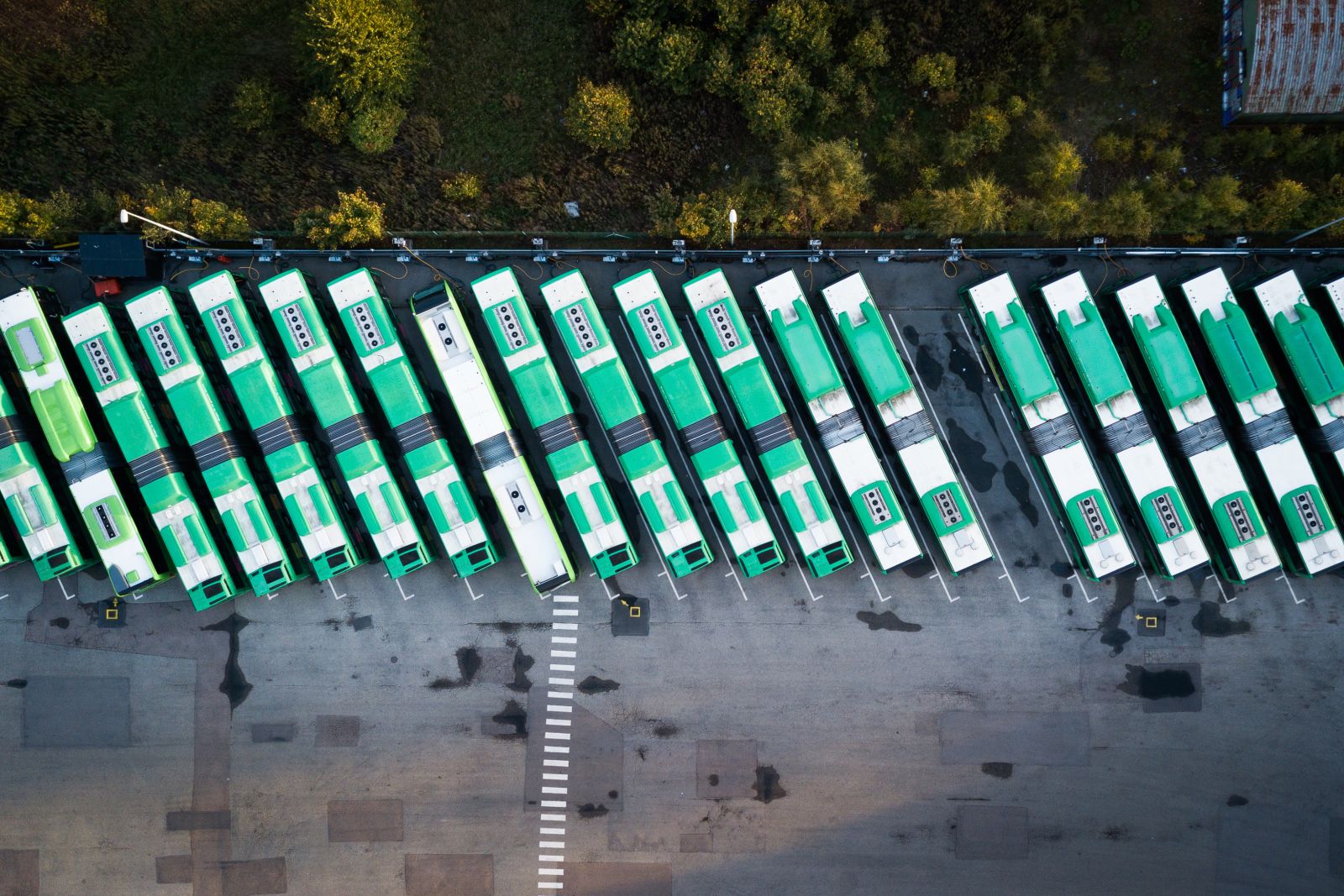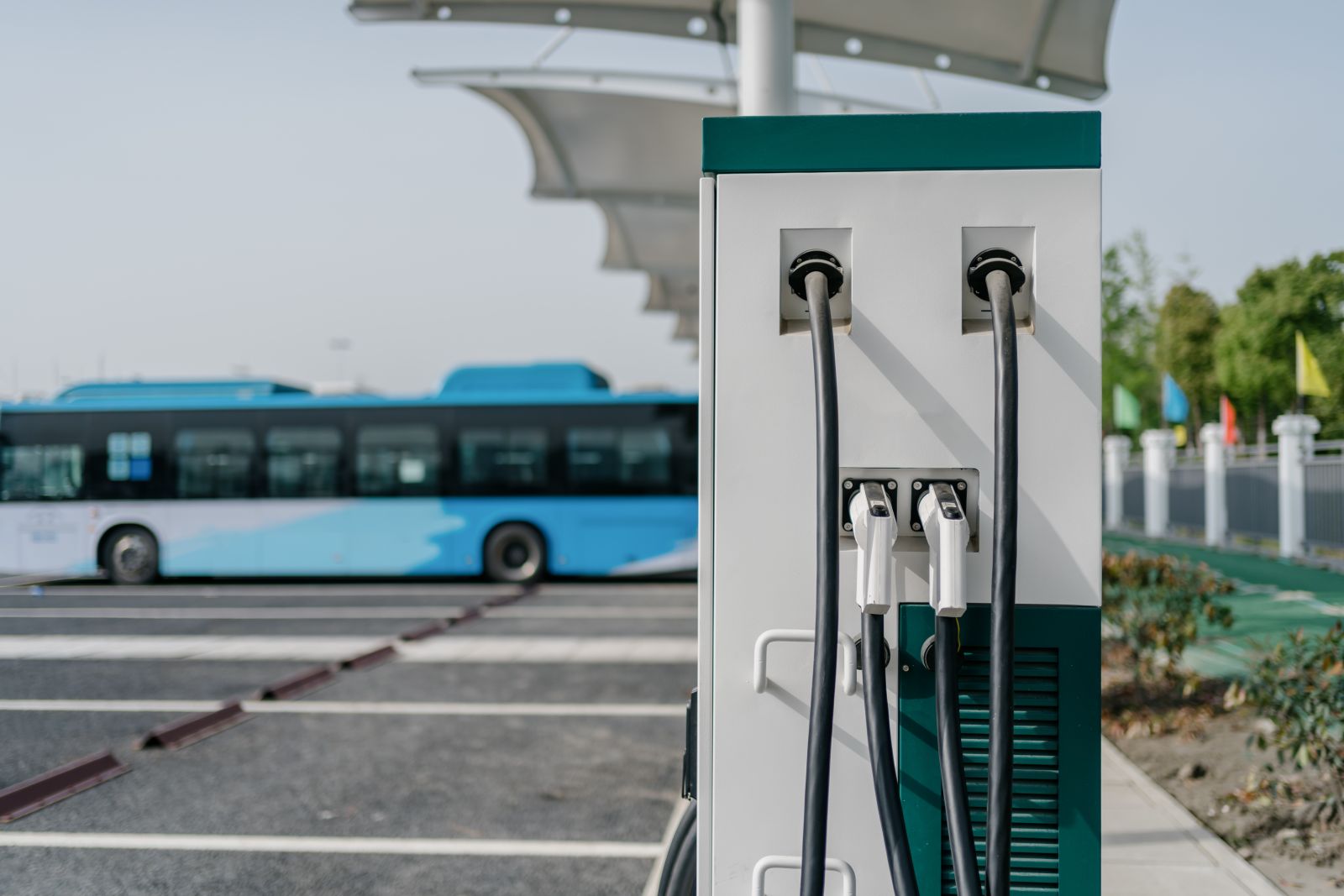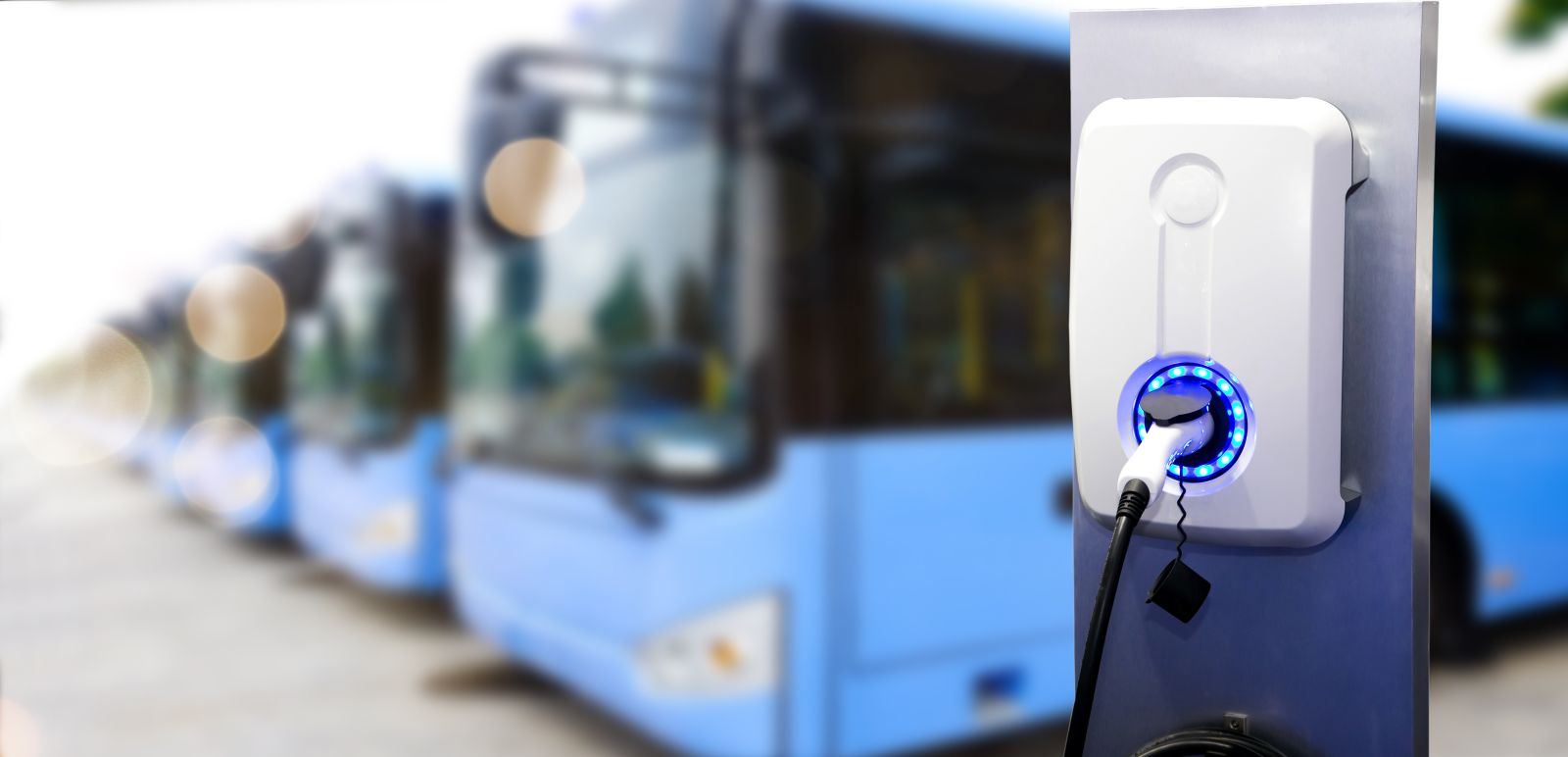De-Risking a Fleet Transition Plan
Canada consumes upwards of 2,282,000 barrels of petroleum daily, producing up to 1.1 billion kgs of CO2 emissions. One of the largest consumers of petroleum is transportation, which accounts for at least a third of the total carbon emissions.
One way to reduce carbon emissions is by transitioning to Zero-Emission Vehicles (ZEVs) powered by battery electric or hydrogen fuel-cell technology. The environmental benefits of ZEVs are undisputed; compared with fossil fuel vehicles, ZEVs can avoid more than 200 pounds of air pollutants and 120 tons of CO2 per year, per vehicle.

However, conversion to ZEVs is a disruptive, prolonged, and risky process that has the potential to affect every aspect of how we live and interact. The top five risks that we perceive as the biggest challenges to decarbonization are:
1 – Financial Risks
Although they are cheaper to operate, compared to fossil fuel assets, ZEVs can be expensive to purchase. This can present a substantial financial and operational roadblock to any organization that wants to convert to a clean fleet. To make the upfront cost of ZEVs palatable, fleet operators require a strong understanding of their expected CAPEX and OPEX expenditure associated with converting. Presenting these expenses on a year-by-year basis can identify the peaks and valleys of capital investment. Consequently, the implementation plan should ensure that the funding structure keeps up with the required investments. These analyses would also allow application for Government grants, rebates, and loans, further helping to reduce the CAPEX pressure on the fleet. It is natural to be sensitive to these significant capital investments. Hence, each fleet needs a realistic and defendable ZEV roll-out plan that can be communicated effectively to the key stakeholders.
2 – Infrastructure Risks
ZEVs require specialized infrastructure around charging and maintenance, which could necessitate a ground-up retrofit of existing infrastructure. For instance, existing fuel islands would be rendered obsolete to allow for re-purposing of the land for new solutions, such as EV charging stations or H2 fueling stations. This presents a challenge around capital expen diture, as well as new standards around design and construction. In addition, fleet operators would have to ensure that any new infrastructure is built within the constraints of the budget, and meets the local standards in place. Safety protocols would also need to be updated, as both electricity and hydrogen fuels can be hazardous in certain situations.
diture, as well as new standards around design and construction. In addition, fleet operators would have to ensure that any new infrastructure is built within the constraints of the budget, and meets the local standards in place. Safety protocols would also need to be updated, as both electricity and hydrogen fuels can be hazardous in certain situations.
3 – Technology Risks
Many zero-emission technologies are available in the market today. They are constantly growing and improving. Battery-electric has established itself as the gold standard for light duty vehicles, but still struggles with long-range and high-power demand vehicles such as freight trucks and transit buses. Hydrogen is an excellent alternative to battery-electric, but the technology has not yet reached full commercial viability. For a fleet, getting this choice wrong can have drastic consequences in the future, both from a financial and operational perspective. The worst-case situation is having to backtrack a fleet after deployment, switching to a different technology because of unforeseen challenges in operations and maintenance of the original choice.
Vehicle simulations are key to mitigating this risk. Fleet operators can use existing vehicle telematics (GPS) to simulate the performance of any future ZEV within the context of all possible on-road variables (stop lights, local weather, road congestion, ridership demands, accessory loads, HVAC, road topography, potential detours, etc.). Simulations can automatically identify the ideal fleet make-up and pathway that meets the fleet’s operational requirements.
4 – Operational Risks
ZEVs and fossil fuel vehicles have significantly different operational needs. Companies have spent decades optimizing their fleets for diesel, gasoline, or CNG operation. The existing operational framework may not be the most optimal approach for a 100 percent ZEV fleet. A fleet transition warrants a ground-up review of the existing fleet’s service expectations to account for charging/fueling opportunities, and to mitigate the potential limited range of ZEVs. A holistic look at the current vehicle drive-cycle and duty-cycle would allow operators to appropriately right-size their fleet and service for the ZEVs, and ensure that vehicles can complete their day’s work properly. This will also help mitigate any range anxiety a fleet operator might have around ZEVs.

5 – Energy Risks
Today, petroleum products are the primary power source for transportation. The supply chain for these products has been established for over 100 years, and is reasonably predictable. A transition to clean energy would render this supply chain moot, leading instead to a new supply chain that moves renewable power from the source to the customer. The stability of this supply chain will be challenged as more and more vehicles transition to ZEVs and increase the pressure on the supply, leading to energy blackouts or brownouts that could result in unreliable service, severely hampering the fleet’s functionality. Fleets can mitigate this risk by forecasting their energy requirements for a 100 percent ZEV fleet, and having direct conversations with their local utility provider. This helps ensure that utility infrastructure is planned and resilient enough to meet the eventual demand. Additionally, fleets can invest in their own energy creation through micro-grids using solar panels or other renewable means.
Canadian governments are determined to move away from fossil fuels to more renewable and cleaner energy sources, to offset the harmful social, environmental, and health effects of a large carbon footprint. This is evidenced by the numerous incentives, benefits, and rebates the federal and provincial governments put into place. Technology itself is evolving at a rapid pace, making it easier to own and operate a ZEV. Zero-carbon transportation is inevitable; every fleet across Canada and the world needs to start weighing their options around these five risks. By analyzing their fleets and service, and mitigating those risks, fleets can feel confident in their choices as they steward towards a clean future.
 Rippan Bhattacharjee is a GHD Project Manager within the Transportation team in Vancouver, Canada. Rippan is passionate about new technologies in the transportation industry. As an engineer, he strives to drive transformation through clean, reliable, and actionable data that can be used by an organization to confidently make decisions for the future. He has a keen focus on the low emission fleets.
Rippan Bhattacharjee is a GHD Project Manager within the Transportation team in Vancouver, Canada. Rippan is passionate about new technologies in the transportation industry. As an engineer, he strives to drive transformation through clean, reliable, and actionable data that can be used by an organization to confidently make decisions for the future. He has a keen focus on the low emission fleets.
GHD | www.ghd.com
Author: Rippan Bhattacharjee
Volume: 2022 November/December












